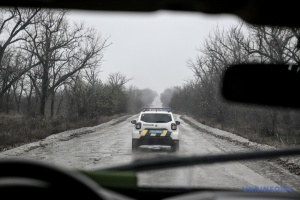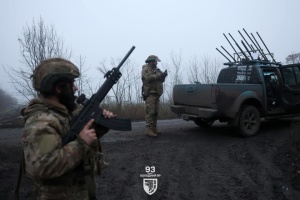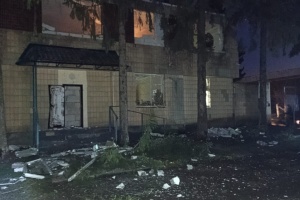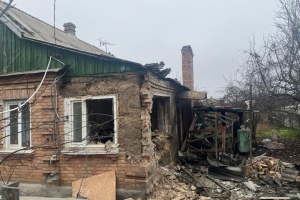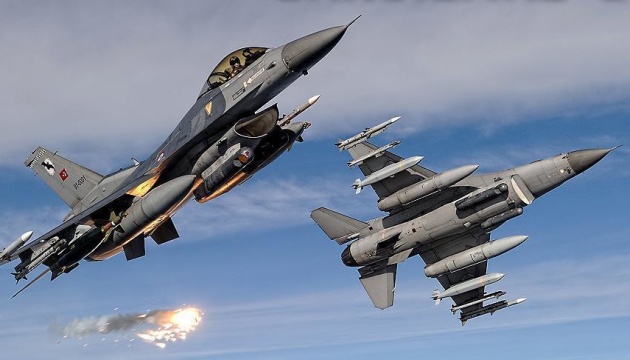
It takes six months to train pilot for F16 - and no less
Recently, the spokesperson for the Air Force of Ukraine, Yuriy Ihnat, told the media that Ukrainian pilots are to be sent in waves to train on Western F-16 fighter jets, and the first list of several dozen pilots has already been formed.
The F16 fighter jet is what Ukrainians - the army and society - are most eagerly awaiting. For us, modern airplanes are life in the truest sense of the word.
The dates when we will receive the fighter jets have been mentioned in different ways. But they are clearly tied to the date of training of the Ukrainian pilots who will pilot them. After the decision to transfer the planes was actually made (somewhere in mid-May), experts said the training period would be 10-12 weeks. It was during this time that Ukrainian pilots would have to undergo accelerated training. In other words, in the second half of August, American aircraft could have defended Ukrainian skies. Some people thought this waiting time was too long... But when the F16 delivery became a concrete agreement, it was announced out of the blue that the training time for Ukrainian pilots would be six months. This is more than twice as long!
This despairing information came from the mouth of Brigadier General Serhiy Holubtsov, Chief of Aviation of the Air Force Command of the Armed Forces of Ukraine. The general said that the training of Ukrainian pilots should last six months, and named the language barrier as one of the reasons: "The language may become a barrier [to faster learning.], so you may have to spend some time learning the language before training. Not just the language, but the terminology, the technical side. Because without knowing these terms, it is very difficult to retrain for any equipment, including airplanes," Holubtsov said.
AVIATION ENGLISH FOR THE MILITARY AND CIVILIANS ARE TWO DIFFERENT LANGUAGE WORLDS
Why did it take so long? Ukrainian civil aviation pilots know English because they need it to communicate with international port controllers... By the way, they are taught "aviation English" at various foreign language courses. But English for civil and military aviation are two different languages. Piloting a fighter jet is impossible without an interpreter. Anti-aircraft gunners, artillerymen, and tankers for the HIMARS and Abrams were trained with the help of interpreters, and they were trained abroad for ten weeks. Such practices do not work in military aviation. You can't put an interpreter in a two-seater airplane. In aviation, everything happens almost instantly. In new aircraft, the information load is incomparable not only to working with any ground-based weapon system, but also to that installed on the "Soviet" fighters that Ukrainian pilots still fly. The information flow there is much greater.
- Military aviation has its own slang, you are the only one on board, you make all the decisions yourself. There are also a huge number of weapons systems," explains the difficulties with aviation English for a well-known aviation expert, Valeriy Romanenko, "You have to know all the limitations and all the possibilities. There are many procedures and tactics that you have to learn at the subconscious level. That is, your hands have to do the work, and your head has to follow.
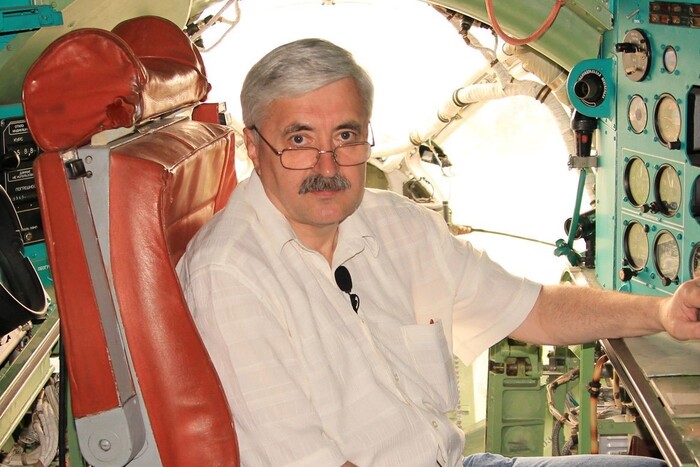
Before you start the actual pilot training, you should take a course and familiarize yourself with standard abbreviations and standard operating procedures. For example, when a pilot needs to overcome air defenses, these standard procedures include special language. You fly at high altitude, descend sharply to low altitude, and continue at low altitude. You have to know all this clearly, the instructor gives the command, doesn't explain anything, and you have to follow it. Or, for example, on board our MiG 29 fighter, there is one multifunctional display and a bunch of scale instruments with arrows or digital readouts. And the F16 has three displays where everything is displayed in abbreviations. In addition, each display has a bunch of buttons, each with one or two letters, and the pilot must know what they mean, what information you need immediately, and you must press it correctly."
SIX MONTHS FOR THE F16 AS A NATURAL STAGE OF ENTRY INTO THE NATO AIR DEFENSE SYSTEM
There is also the issue of differences in indicators. We are used to the readings on the devices in kilometers per hour, in thousands of meters, and they are in knots, miles and thousands of feet. And we need to get used to this, to act instantly, without counting in our heads. Six months of training, according to the expert, is the minimum period.
"Four months will be spent on piloting, flying routes, and then tactical training and mastering the aircraft's weapons systems with minimal combat use, meaning they have to launch a guided or unguided missile, fire a salvo to get a feel for the aircraft," says Valeriy Romanenko.
Ideally, our pilots and dispatchers (called combat control officers in the army) would have to communicate in English, because in this case they would receive targeting instructions from NATO radar aircraft that are actively flying over Poland and Romania and the Black Sea. This is likely to happen, because we have to become a component of the NATO air defense system. And all the conversations there are exclusively in English. NATO pilots speak English at international conferences, even if they all come from Germany, for example.
According to Mr. Romanenko, based on the results of testing our pilots [the first pilots have recently returned from Arizona], an intensive training course is being developed for Ukrainians. According to the expert, the Americans believe that an individual approach will be used to train Ukrainian pilots to pilot Western fighters: some will need ten training flights, and some will need fifteen. Again, we are talking about flight training only, and it should be followed by tactical training. Tactical training of a single pilot, as well as tactical training of a pair and a unit for air combat.
According to Valeriy Romanenko, replenishing our fleet with modern fighters will be a major breakthrough even with such a slow start. In his opinion, we will initially use the F16 for air defense.
An air defense fighter is actually a flying anti-aircraft missile system. It has short- and medium-range missiles and a cannon on board. For example, Iranian Shaheds are the cheapest to shoot from a cannon. A Ukrainian fighter jet has a 150-round cannon, while the F16 has 500 rounds. The MiG 29 has six weapon mounting points - two medium-range and four short-range missiles, while the F16 has eleven. An airborne fighter can move quickly and hunt cruise missiles or UAVs. And using its missiles, it can shoot down several enemy aircraft at a long distance, for example, still over the Black Sea. This gives air defense flexibility and increases its capabilities.
And then, after gaining experience in this mode, ours will move on to fighting Russian fighters.
Of course, these are all preliminary calculations. Ukrainians have surprised the military world many times with their abilities and ability to learn. And, as far as we know, unofficially, the first groups of our pilots started flying to the West and working on simulators when the F16 negotiations had just started. So perhaps Ukrainian pilots will soon surprise both their Western partners and Ukraine.
Lana Samokhvalova, Kyiv

